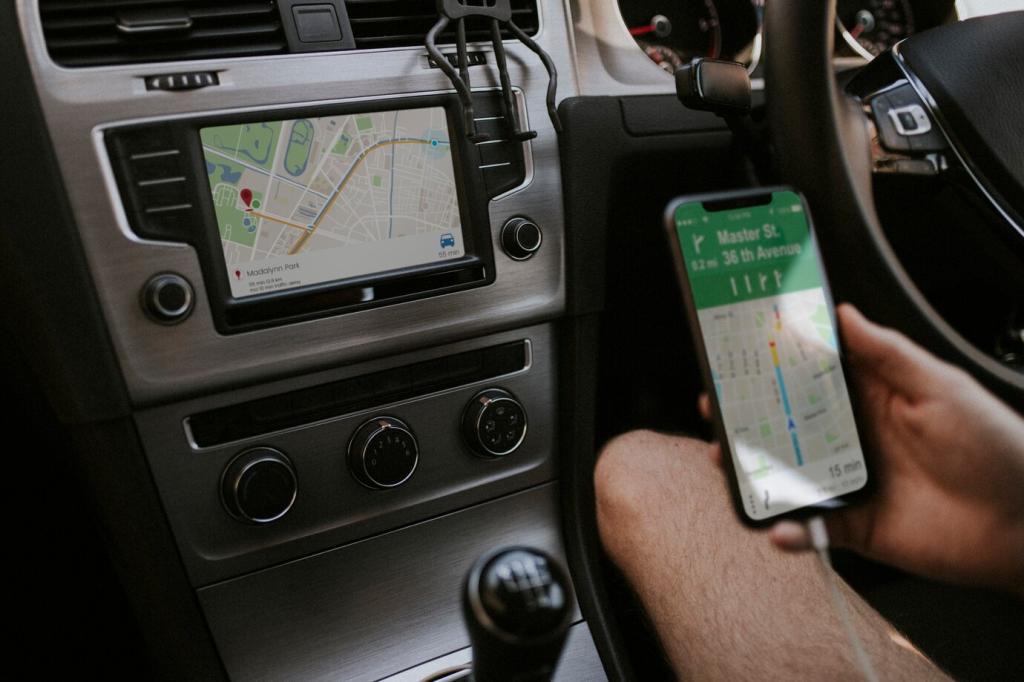
Leading Technologies in Warehouse Automation
Chosen theme: Leading Technologies in Warehouse Automation. Explore how cutting-edge robotics, AI, and orchestration software are quietly revolutionizing intralogistics—delivering speed, accuracy, and resilience. Join our community, share your experiences, and subscribe for hands-on guidance and real stories from bustling, modern facilities.
From Pilots to Scale
Many warehouses start with a small AMR pilot, then scale rapidly once teams trust the technology. One operation began with five units for picking support, learned the routes, refined load balancing, and expanded to fifty during peak season without halting production.
Safety, Routing, and Smart Handoffs
Modern AMRs use LiDAR, depth cameras, and SLAM to navigate changing aisles, while yielding to pedestrians and forklifts. They pause gracefully at intersections, negotiate tight spaces, and hand off totes to human packers, reducing idle time and walking distances for associates.
AS/RS and Shuttle Systems: Speed Meets Density
Automated storage and retrieval must handle peak weeks gracefully. A fashion retailer configured its shuttle lanes for volatile SKU velocity, then used software to re-slot nightly. The result: faster wave releases and fewer manual interventions on heavy promotional days.
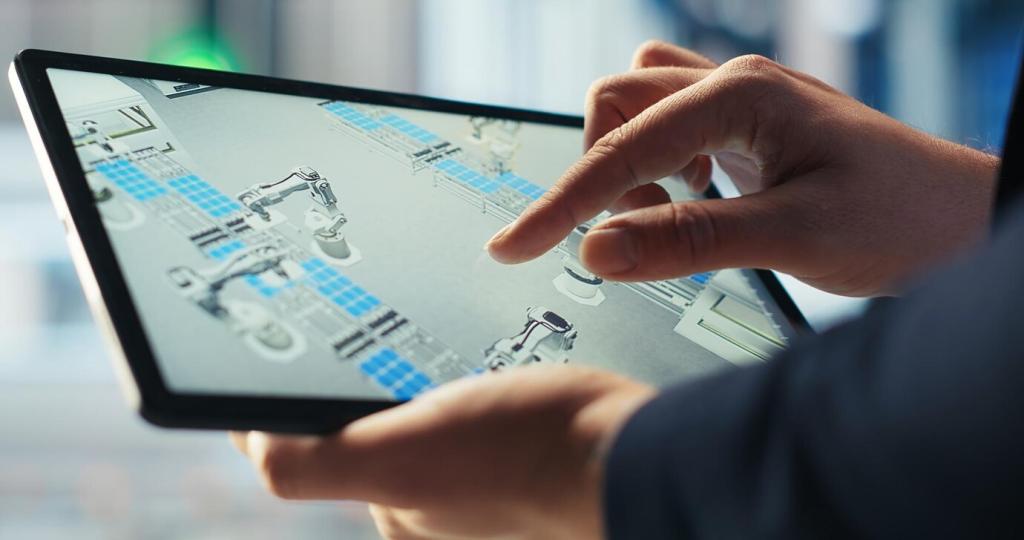
AS/RS and Shuttle Systems: Speed Meets Density
Miniload cranes and shuttle pods compress footprint while maintaining accessibility. Vertical lift modules suit spare parts and slow movers, freeing prime ground space. Comment if your operation prioritized cube utilization or speed first—and how you balanced both when budgets tightened.
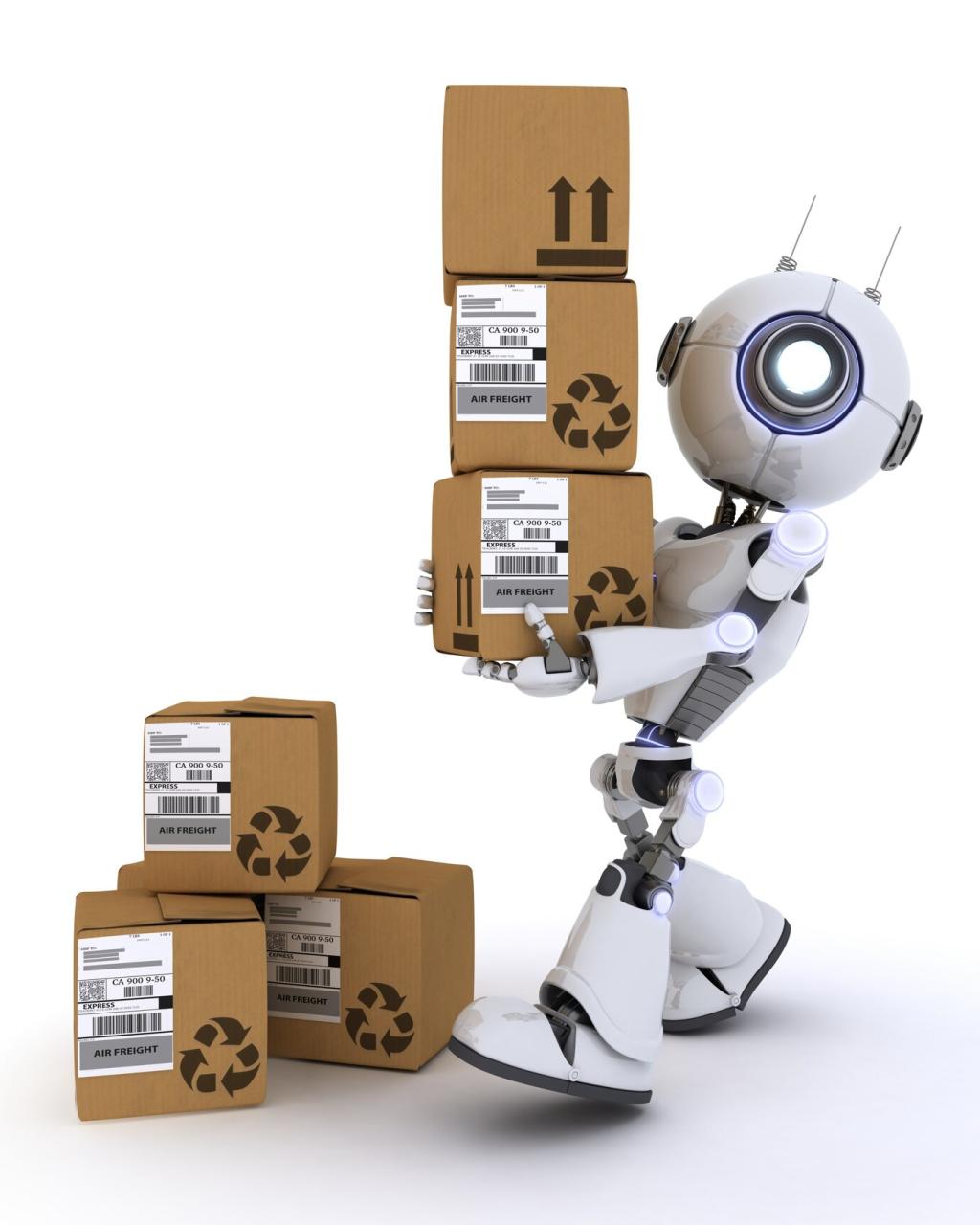
Computer Vision and AI: Eyes and Brains of Modern Picking
Boxes crush, labels wrinkle, and lighting changes. Vision models trained on messy reality outperform lab-perfect datasets. One integrator improved scan success by adding diffuse lighting and retraining on damaged packaging, slashing rework and boosting first-pass yield for inbound pallets.
Computer Vision and AI: Eyes and Brains of Modern Picking
Grippers now adapt suction or fingers based on shape and surface, guided by depth cameras. When a seasonal SKU arrived with glossy film, the system switched to a microtextured pad, preserving packaging and keeping rates steady. Operators appreciated fewer exceptions and stoppages.
Digital Twins and Simulation: Decisions Before You Build
Teams simulate single-point failures, SKU mix shifts, and labor shortages. A distribution center discovered a sorter merge would choke at promotional volumes, months before installation. They revised conveyor speeds and buffers virtually, saving costly rework and protecting peak promise dates.
Digital Twins and Simulation: Decisions Before You Build
Digital twins help new hires practice routing exceptions and recovery steps without touching live systems. Supervisors replay incidents, annotate root causes, and turn lessons into quick video briefs. Subscribing gets you our weekly walkthroughs on building realistic training scenarios.
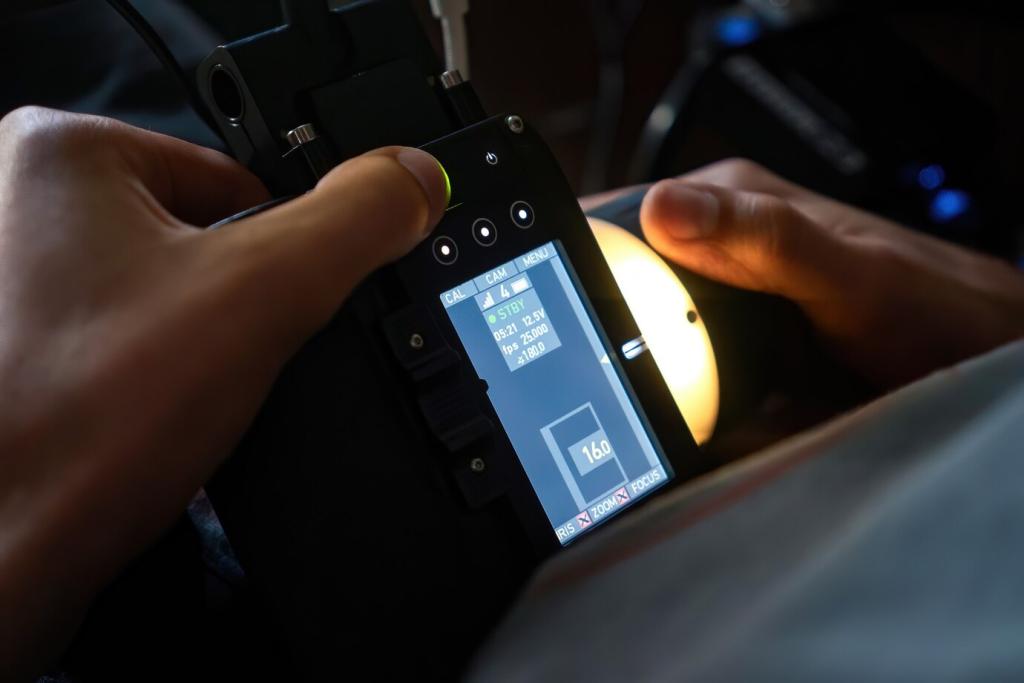
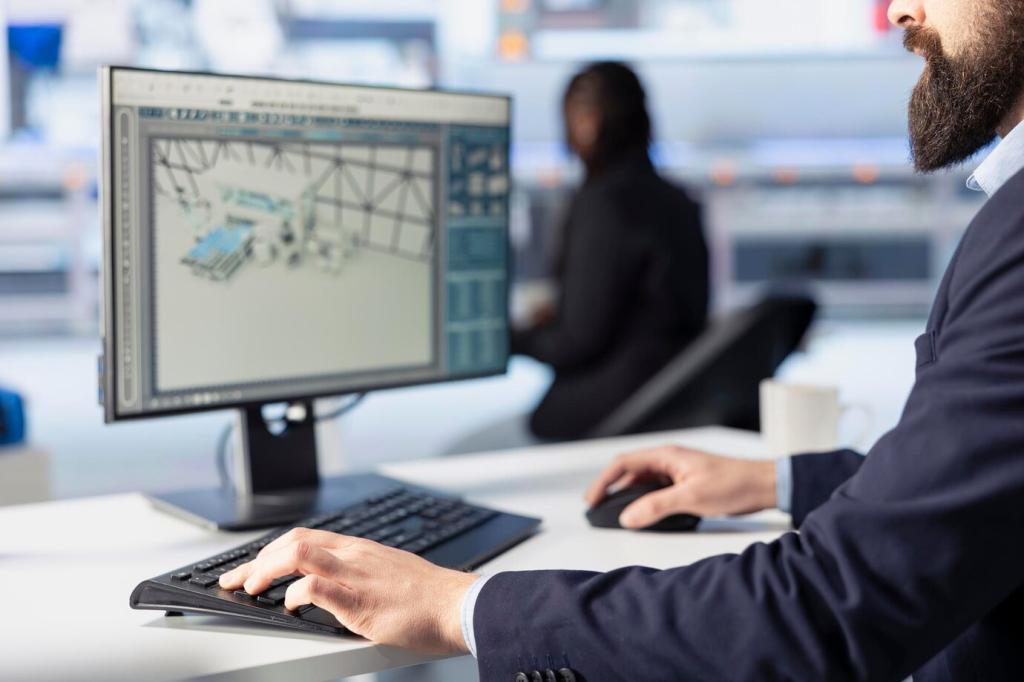

Tracking What Matters Most
BLE beacons, UWB tags, and RFID portals give instant location and status. One cold-chain site used temperature sensors on totes to detect door-prop events, triggering fast reminders. Losses fell, and auditors gained confidence from clear histories tied to each handled pallet.

From Alerts to Action
Edge devices filter noise and push only meaningful events. Forklifts near battery thresholds auto-queue for charging; humidity spikes in pharma zones escalate to supervisors. Comment with your alert fatigue fixes—what rules or dashboards kept teams responsive without overwhelming them?
Warehouse Execution Systems: Orchestrating People and Machines
Dynamic Order Release
Rather than dropping a full wave, modern execution engines meter orders using current capacity. When an AMR fleet slows near recharging, the system favors zones with headroom. This keeps flow consistent, protecting service levels without overburdening any single work center.
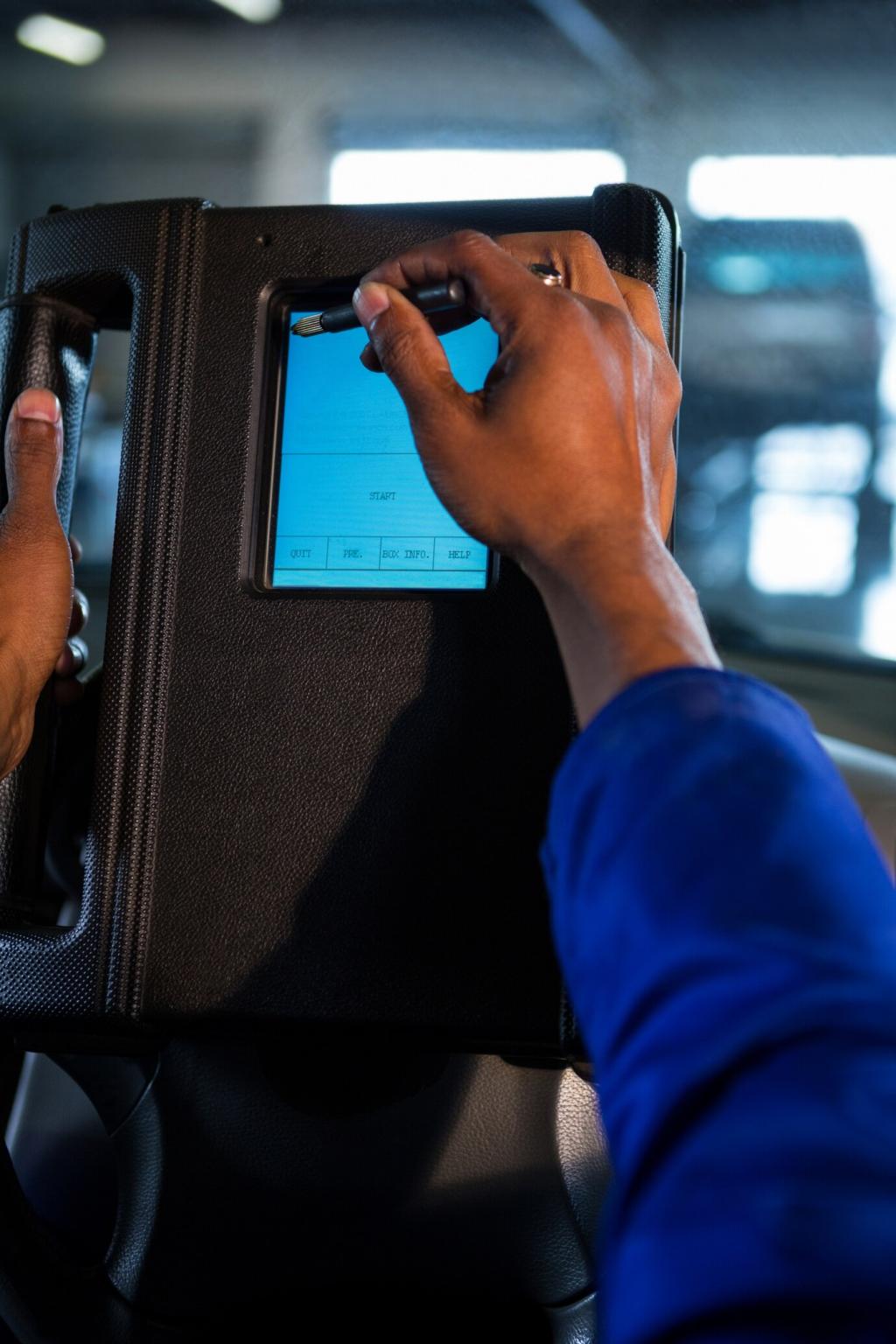
Sustainability Tech: Efficiency That Pays Forward
Regenerative drives on conveyors and smart sleep modes for sorters trim consumption during lulls. One site aligned heavy cycles with solar peaks, reducing grid draw. Measuring daily kilowatt-hours per shipped unit helps teams celebrate gains and target lagging areas with confidence.
